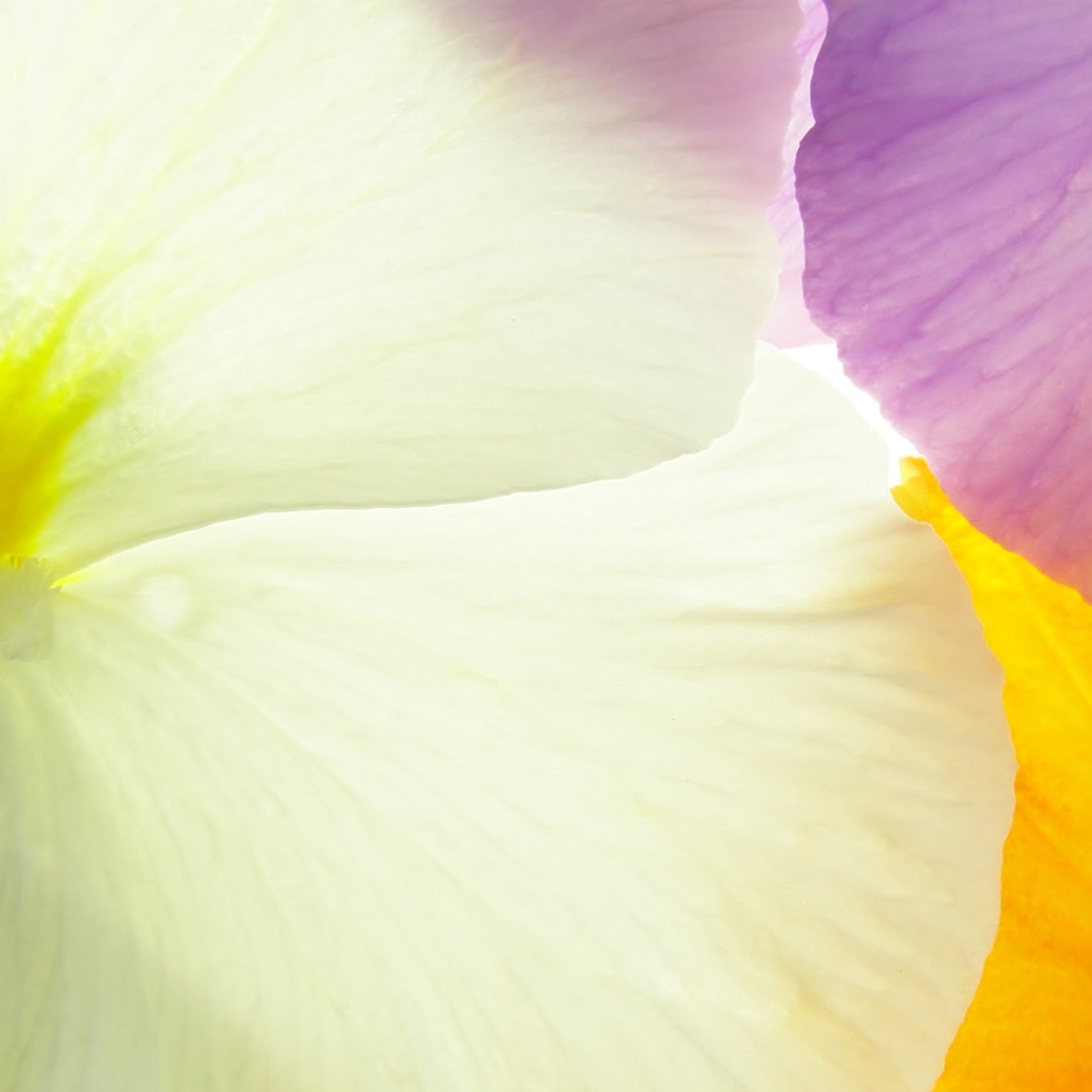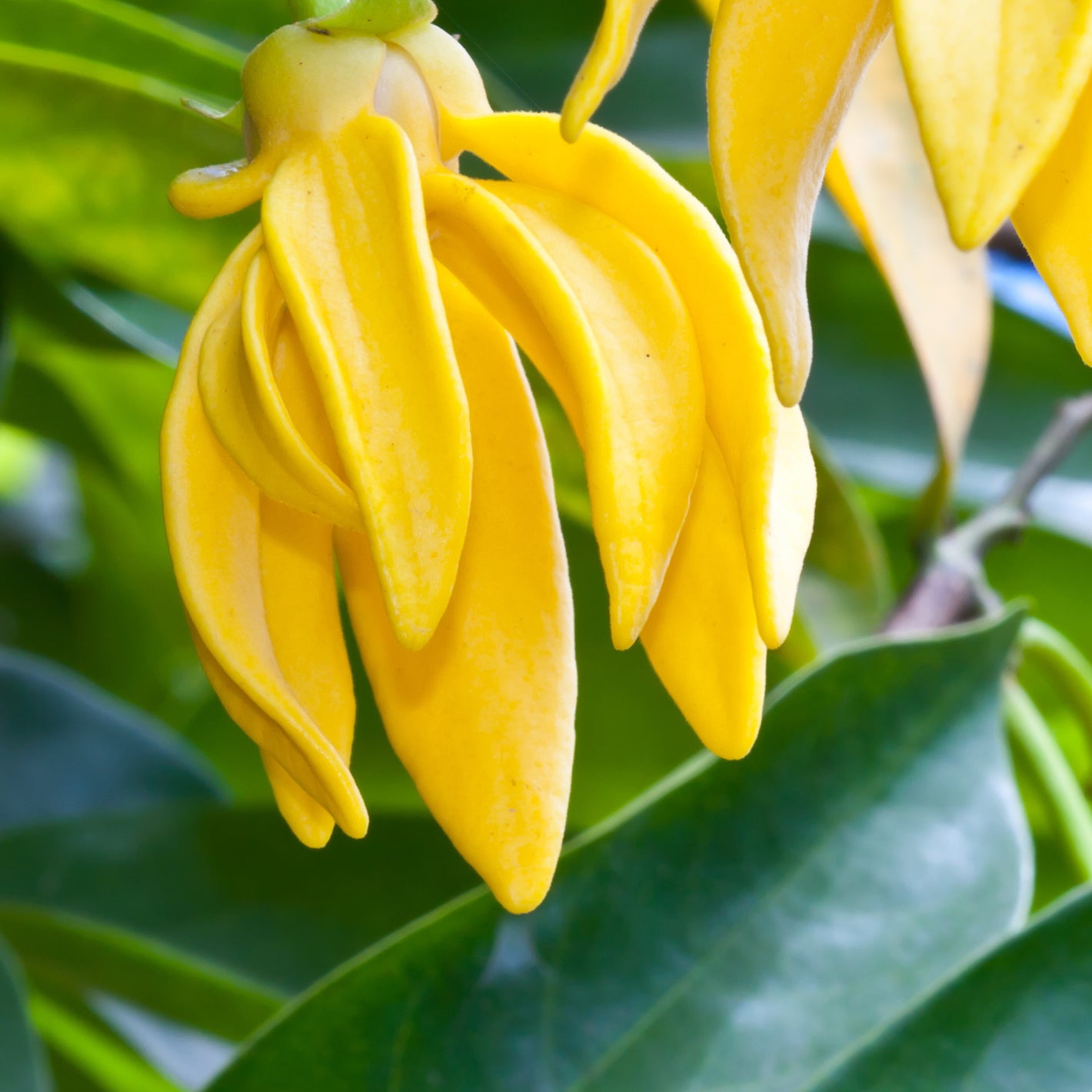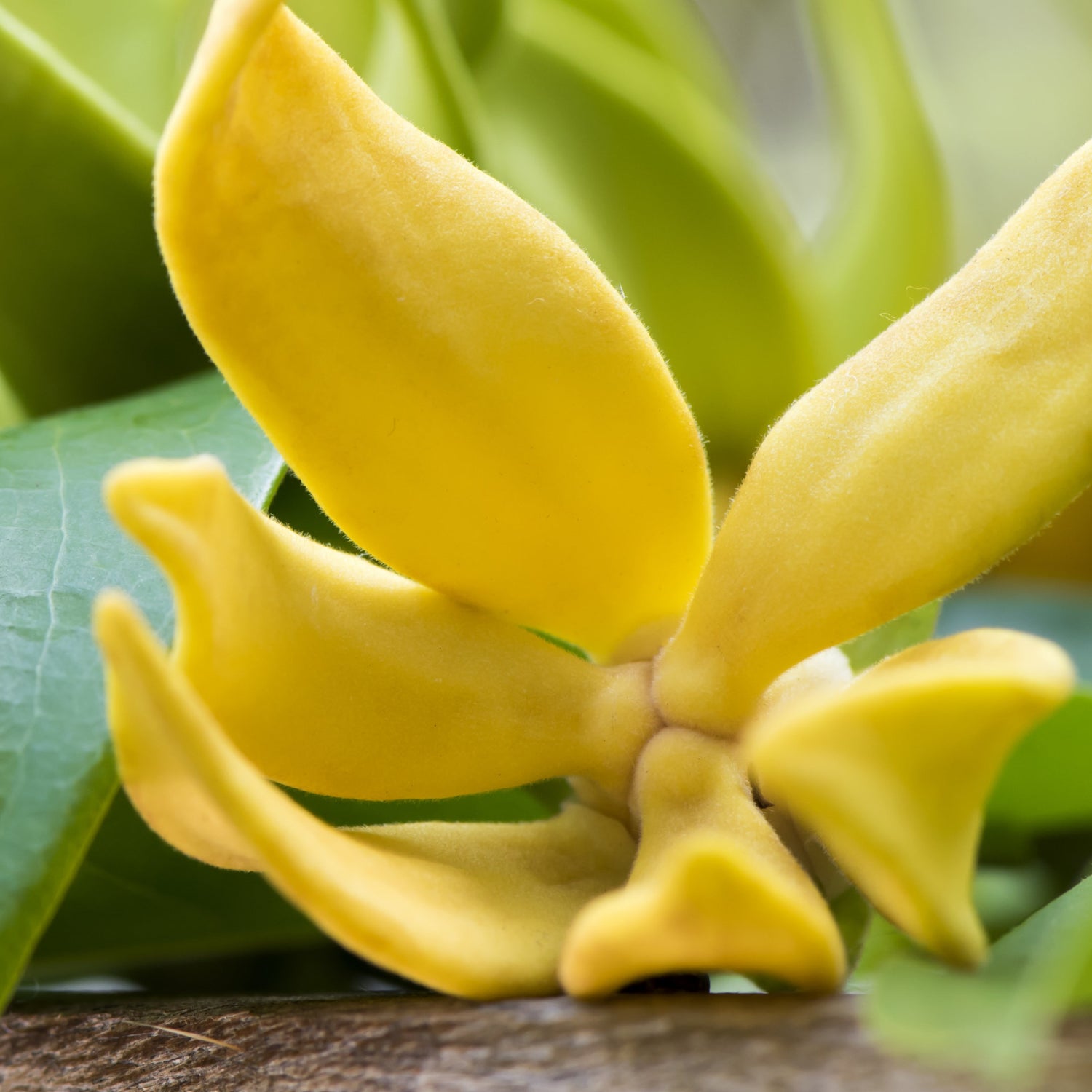Ylang-Ylang means "flower of flowers" in the Philippines.
Material coveted by perfumers, it is also highly appreciated by the local populations of the Indian Ocean. In Indonesia, ylang-ylang flowers are spread on the bed of newlyweds.
Associated with the second chakra, the Ylang-Ylang fragrance relaxes and gives a feeling of security.
-

HARMONIZING
Ylang-Ylang essential oil helps in meditation. It allows you to relax while remaining awake to your emotions and your psyche.
-

MIDDLE NOTE
The heart notes give the deep identity of the perfume. Mainly composed of floral notes, it is expressed between 15 minutes & 4 hours.
-

PURE
The distillation of Ylang-Ylang is long. The essence obtained during the first hour is the purest and most prized by perfumers, for its exceptional quality.
Rich in monoterpene esters, a perfume with Ylang-Ylang has a relaxing effect.
More exactly, the essential oil of Ylang-Ylang has anti-spasmodic virtues.
Its strong and exotic smell is also very famous for its aphrodisiac effects.
Finally, the essential oil of Ylang-Ylang helps to tone and beautify the hair.
The origins of Ylang-Ylang
Native to Southeast Asia, Ylang-Ylang ( Cananga odorata ) is a tree that belongs to the Annonaceae family.
“Cananga” has its origin in the Indonesian and Javanese language. More specifically, “Cananga” comes from the word kenanga.
Regarding the term Ylang-Ylang, it comes from the Filipino language, Tagalog; which means “the flower of flowers”.
Ylang-Ylang should not be confused with Canaga odora macrophylla which provides essences of lesser quality.

The Ylang-Ylang tree
The Ylang-Ylang tree is found in humid tropical areas.
Native to India, Indonesia, Malaysia and the Philippines.
To date, it is found in most of the tropical islands of the Pacific (Hawaii, Melanesia…), in the Indian Ocean, in the Caribbean, in Costa Rica, in Thailand and in Vietnam.
In its native environment, this tree can reach 30 meters in height and has a very spreading crown. In the first years, it can grow up to 5 meters per year. In cultivation, it is pruned to around 3 meters high.
First white, the petals gradually turn green and then yellow. However, their base is red in color.
Flowering of Ylang-Ylang takes place throughout the year. However, it is more abundant during the hot and humid months.
Ylang-Ylang also produces fruit. In addition, these 25 mm long fruits are formed by numerous mericarps of green color. When ripe, these mericarps turn black and harbor berries.
The production of Ylang-Ylang
Since each Ylang-Ylang tree is capable of providing 3-4 kg of flowers per harvest, the production of Ylang-Ylang flowers is mainly located in the western islands of the southern Indian Ocean.
Comoros is the most important producer in the world (with about 60 tons of gasoline per year). In second place is the state of Madagascar (which produces about 17 tonnes of gasoline per year). Then come Mayotte, the Philippines and Mauritius.
The extraction of the essence of Ylang-Ylang
The extraction of the essence of Ylang-Ylang corresponds to a simple process which is suitable for both artisanal and industrial scales. However, this is an activity that requires expensive equipment and special know-how.
There are three methods to extract the essence of Ylang-Ylang:
– extraction by hydrodistillation, which consists of exposing the Ylang-Ylang flowers to currents of water vapor which carry with them all the etheric and soluble substances and which, after condensation, provide the essential oils and the hydrosol
– extraction by bath with solvents which fix the aromatic substances of the flowers. After these solvents have evaporated, we obtain a mixture of gasoline and compounds such as oil, pigments, wax, etc.
– supercritical CO2 extraction, which only allows essential oils to be obtained.
The process most widely used today is hydrostillation.
Depending on the professional's equipment, there are several types of hydrostillation:
– hydrodistillation over an open flame, the oldest method and consisting in heating vegetable matter by an energy source located directly under the still;
– steam generator hydrostillation;
– hydrostillation with integrated boiler;
– accelerated hydrostillation;
– hydrostillation with incorporated condenser.





